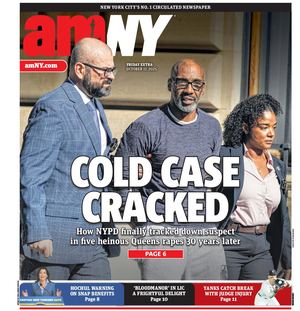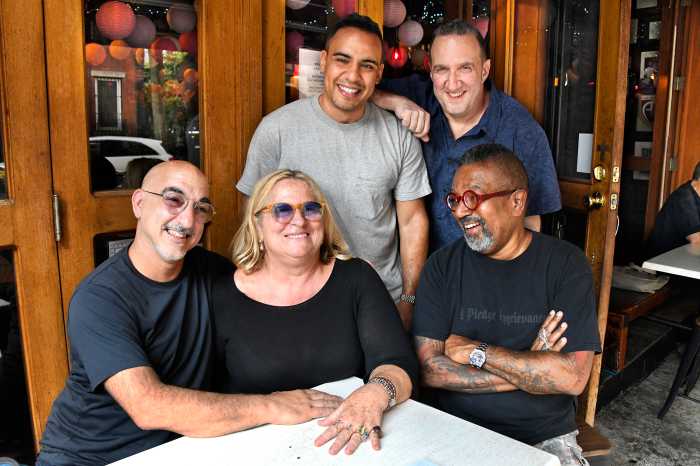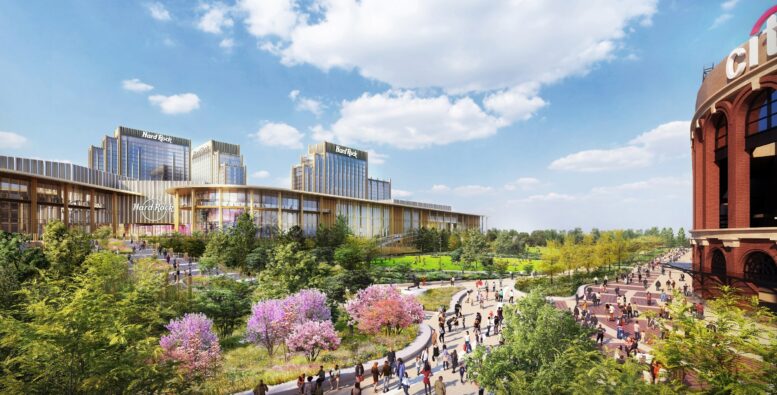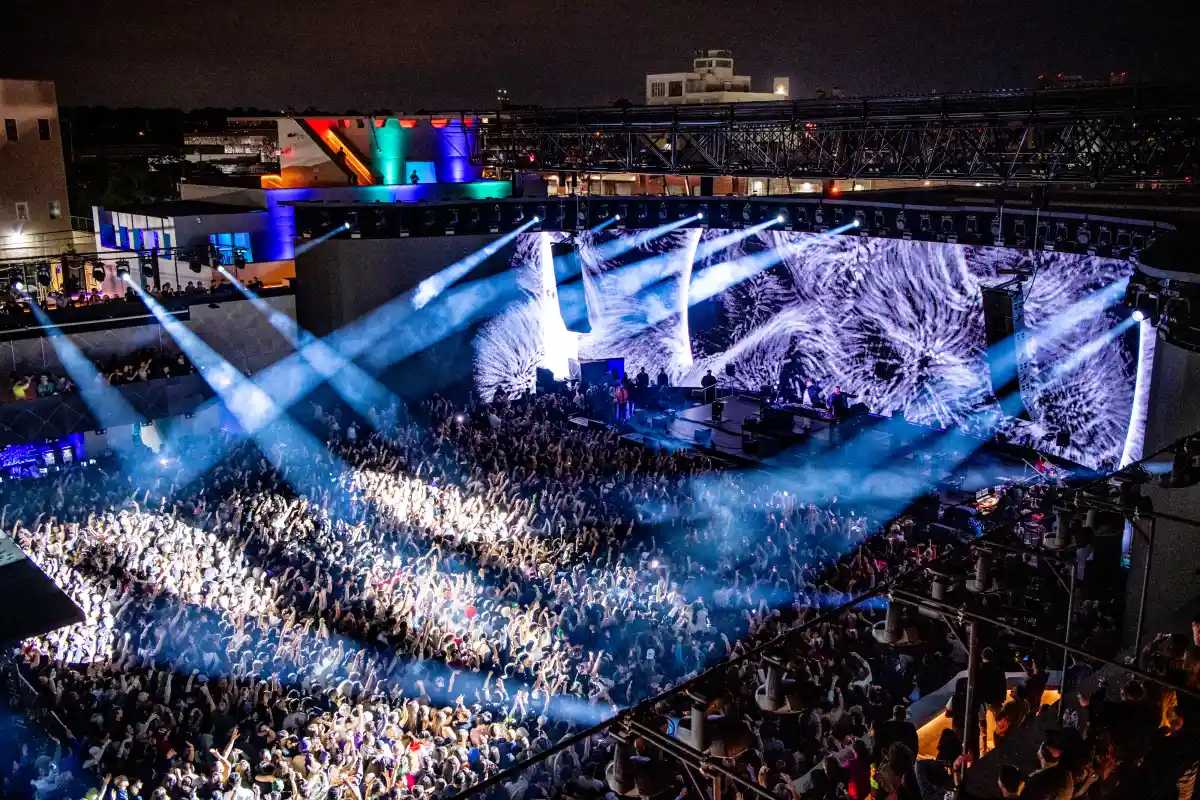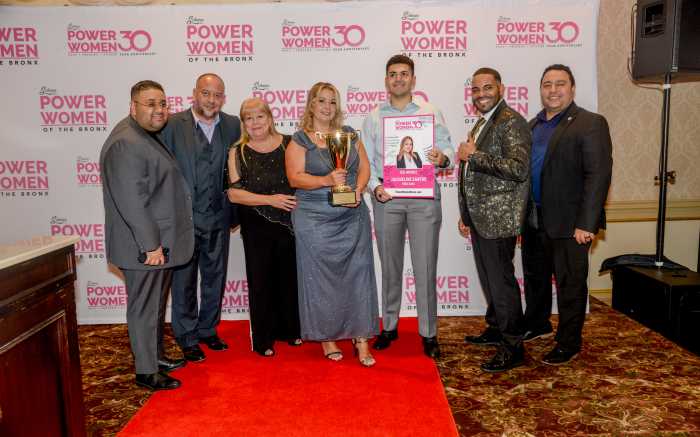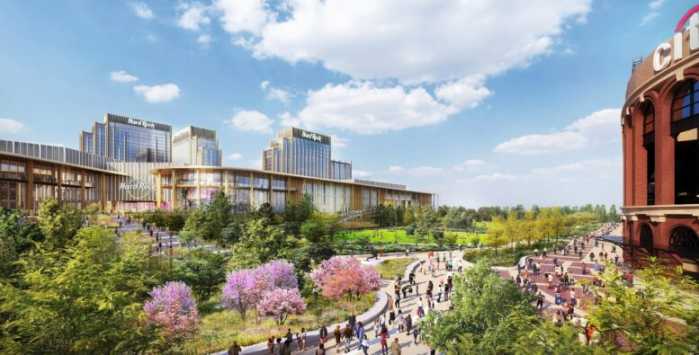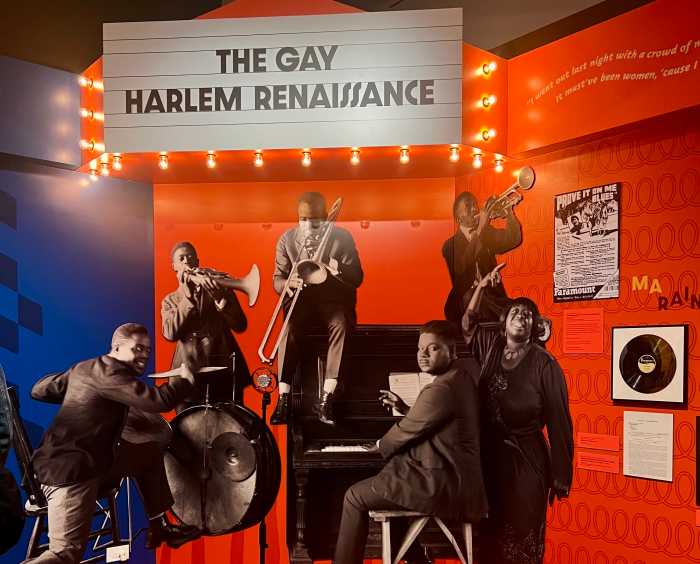By Lincoln Anderson
The Sisters of Charity, the Catholic order that founded and ran St. Vincent’s Hospital for more than 160 years, hopes there will be a memorial to the former hospital and its heritage in the triangle park planned at Greenwich and Seventh Aves. and W. 12th St.
The Queer History Alliance envisions this triangle as an AIDS Memorial Park, since Greenwich Village was the epicenter of the AIDS crisis and St. Vincent’s was the first AIDS ward.
While the memorial that the Sisters of Charity hope to see would include a section on AIDS and the hospital’s history in treating the epidemic, the AIDS Memorial Park plan would be devoted to the disease and its local history.
Last month, Q.H.A. representatives and more than 30 supporters turned out at Community Board 2’s full board meeting to advocate for the AIDS Memorial Park. As this newspaper was going to press on Wednesday evening, plans for a park at the so-called “St. Vincent’s Triangle” were being considered at C.B. 2’s Parks Committee meeting, and Q.H.A. was making its presentation at that meeting.
As part of the redevelopment of the former St. Vincent’s hospital property, Rudin Management will redevelop the open triangle as a park for public use. Rudin recently bought the hospital’s east campus and the triangle for a total of $260 million, and plans to redevelop the hospital’s east campus with 450 high-end condo apartments. Rudin has committed to spending $10 million to create a park on the triangle.
On Oct. 19, Sister Jane Iannucelli, president of the Sisters of Charity, expressed the sisters’ thoughts about the triangle’s future in a letter to Council Speaker Chris Quinn; Borough President Scott Stringer; Amanda Burden, chairperson of the City Planning Commission; Brad Hoylman, chairperson of Community Board 2; and Bill Rudin, C.E.O. of Rudin Management.
The letter cites a number of significant milestone’s in the hospital’s history: Providing New York City’s first ambulance service — a horse-drawn buggy — and the country’s first automotive ambulance; treating the survivors of the Triangle Shirtwaist fire and the 117 survivors of the Titanic; creating the country’s first mobile coronary unit; serving in the epicenter of the AIDS epidemic; treating survivors of the 1993 World Trade Center bombing; acting as the first-response hospital for the 9/11 terrorist attacks and treating 844 survivors; and, prior to its closing in April 2010, providing $30 million of unreimbursed medical care annually to those unable to pay.
In an interview on Monday, Sister Iannucelli said, “We were only interested in hearing what people’s concerns are. I’m going to the Parks Committee meeting on Nov. 2, and we’ll see what everyone’s feelings are.”
As for what the sisters would like to see the memorial include, she reiterated, “Certainly, in terms of the AIDS epidemic, the Titanic, the Shirtwaist Factory and all that was done for the poor — how that will be remembered. You don’t put every single thing, but you look at the significant pieces.”
As to how the AIDS Memorial Park plan and the sisters’ desires intersect, Iannuccelli said, “I can’t even give my thinking. … We need to listen to each other. The AIDS memorial is very important, true. My concern is to remember.”
Asked about the Sisters of Charity’s concerns about the design of a memorial at the triangle, Christopher Tepper, one of the leaders of Q.H.A., indicated his group sees it primarily as a site for the AIDS Memorial Park, which would also include recognition of St. Vincent’s role in addressing the crisis.
In an e-mail, Tepper responded, “We can think of no better way to showcase and honor the irreplaceable role St. Vincent’s filled in the community than commemorating how its nurses, doctors and staff served as the first responders in the 30-year battle against AIDS, the most deadly epidemic to hit New York City in a century. Over 100,000 New York City residents, many of them Villagers, lost their lives. St. Vincent’s heroic response to the AIDS epidemic truly was its finest hour. The AIDS crisis was also this community’s finest hour, when Villagers took care of partners, family, friends and even strangers. This seminal period in the community’s history is one that must be remembered: its victims mourned, its caregivers and activists celebrated, and its ongoing impacts illuminated to guide us on the path forward.
Tepper continued, “We believe this particular site is a uniquely important location, often referred to as the ‘ground zero’ of the AIDS epidemic. It is situated between the home of the first AIDS ward in the city and the L.G.B.T. Community Center, where so much of the valiant community organizing against the crisis first occurred. In fact, St. Vincent’s served as an important community care center in the ongoing battle against H.I.V./AIDS until the day it tragically shut its doors.
“The long service of St. Vincent’s to the community is part of the important Village history that must be preserved,” Tepper continued. “We believe that saving and repurposing the basement space below the park as a learning center is not only the environmentally and fiscally responsible thing to do, but also provides an excellent opportunity for community space to showcase and cherish this vital neighborhood history. A significant part of the exhibition in the basement space should be dedicated to the important story of the caregivers and healthcare professionals — with St. Vincent’s a central part of the exhibition.
“We have built a large grassroots coalition of many of the Village community’s most important organizations — with additional ones signing on to support the effort by the day,” Tepper said.
Asked if the AIDS Memorial Park would have any commemoration of St. Vincent’s treatment of the Triangle Shirtwaist or Titanic survivors, Tepper did not respond by press time.
Greenwich Village has an existing AIDS memorial — at Bank St. in Hudson River Park, where it was dedicated three years ago.
Asked if the so-called “materials handling building” — also referred to as the “loading dock” — on part of the triangle would stay, John Gilbert, Rudin C.O.O., said it’s unclear.
“Our hope is to create a park on the entire triangle,” he said. “Regulatory approval on the final design is required and not yet in place so we have to plan for both instances.”
Current regulations require such structures to be off site from the facilities they serve. North Shore-Long Island Jewish Health System is creating a $110 million free-standing emergency room across the street from the triangle.
